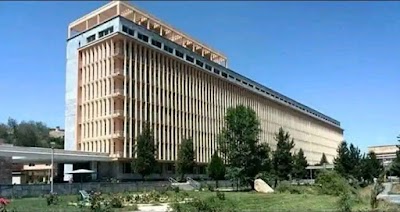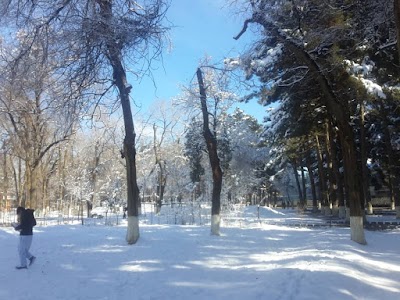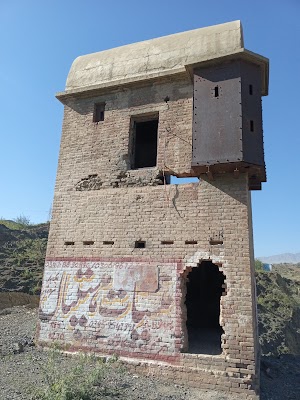Kabul Citadel (قلعه کابل)
Overview
Kabul Citadel, also known as Bala Hissar, is a historic fortress nestled in the heart of Kabul, Afghanistan. This majestic structure stands as an enduring symbol of the city's long and turbulent history. Perched upon a hill, it offers breathtaking views of modern Kabul while serving as a poignant reminder of the ancient city's rich past. For foreign tourists, a visit to Kabul Citadel is not merely a sightseeing excursion; it’s a profound journey through time that reveals Afghanistan's vibrant cultural heritage.
Historical Significance
The origins of Kabul Citadel can be traced back to the Achaemenid Empire around the 5th century BCE, although it has undergone several reconstructions throughout the centuries. This fortress has witnessed the rise and fall of numerous empires, including the Mauryans, Kushans, and Ghaznavids. It gained particular prominence during the Mughal Empire, taking on its current form under Emperor Babur in the early 16th century. This rich historical layering makes the citadel a fascinating site for history enthusiasts eager to delve into the past.
Architectural Features
Bala Hissar translates to "High Fort," a fitting name for a structure that has served both defensive and administrative purposes. It played a pivotal role during many military campaigns and invasions, most notably during the British-Afghan Wars in the 19th century. The citadel suffered significant damage during these conflicts, especially during the Second Anglo-Afghan War when British forces attacked and partially demolished it. However, ongoing restoration efforts aim to preserve its historical essence while making it accessible to contemporary visitors.
The architectural features of Kabul Citadel showcase a blend of ancient Afghan building techniques and Mughal artistic influences. The thick, towering walls, constructed from baked bricks and stone, are punctuated by watchtowers that provide stunning panoramic views of the city. Although many interiors that once housed grand palaces and administrative offices have not survived intact, the existing ruins evoke a sense of what life must have been like within the fortress walls.
Cultural Importance
The citadel's significance extends beyond its strategic and military roles; it has been a center of governance and culture for centuries. It has housed royal courts, served as a mint for coinage, and hosted numerous significant events, including coronations and diplomatic meetings. This multifaceted history makes it an invaluable part of Afghan heritage, offering visitors a glimpse into the socio-political dynamics of the region across different periods.
For tourists, exploring Kabul Citadel is an opportunity to engage directly with Afghanistan’s history. As you walk through the ruins, you can almost hear the echoes of ancient footsteps and the whispers of historical dialogues. Be sure to visit the remaining sections of the old palace and the restored gates, which are adorned with intricate carvings that highlight the artistic prowess of the period.
Interesting Facts and Legends
Interesting anecdotes abound about Kabul Citadel. Local legends suggest that the citadel is haunted by the ghost of a Safavid king who was executed there, adding an element of mystique to the site. Furthermore, the citadel has been the subject of numerous archaeological studies, revealing artifacts dating back over 2,500 years. Some of these discoveries are on display in Kabul's museums, providing further context to the rich history encapsulated by the fortress.
The citadel is more than just a relic of the past; it is a living testament to the resilience of Afghan culture. In recent years, efforts have been made to restore and preserve the site, ensuring that future generations can also bear witness to its grandeur. Visiting the citadel not only offers a historical experience but also supports ongoing preservation initiatives, contributing to the conservation of Afghanistan’s cultural heritage.
Conclusion
In conclusion, Kabul Citadel is an essential destination for any traveler interested in history, architecture, and culture. Its ancient walls and ruins narrate tales of bygone eras, offering a captivating glimpse into the past while resonating with the vibrant energy of present-day Kabul. Whether you're a history buff, an architecture lover, or simply a curious traveler, Kabul Citadel promises an enriching and unforgettable experience. Don't forget to bring your camera to capture the stunning views and a sense of adventure to fully immerse yourself in this historical journey.






